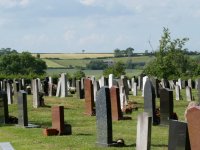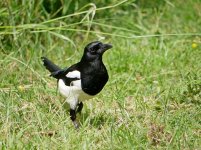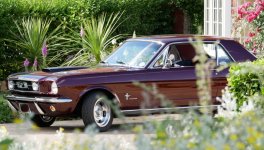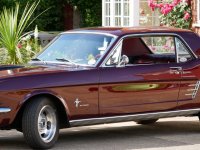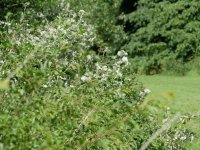Nothing wrong with those, personally I would only compare with another camera if I had taken the same photo at the same time (+- half a minute or so in case a cloud moves)
The 100-300 is sharpest at f8 at 200-300 and f5.6 at 100, and it is good up to f11, above that it is still better than many lenses, but it does drop of as you would expect.
The best compromise is f6.3
It was mentioned that it is best to use the lens at medium lengths. Although it is true that its best performance it at around 200mm, it is still extremely good at 300.
Another way to look at it is if you have a part of the shot you want to crop fairly severely, you will end up with a better image taken at 300mm than you would if you had taken it at 250mm and cropped the same part of the image.
It is very popular for birding and wildlife for good reason, performance weight and size.
The G80 with the 100-300 is around 1100g, and the G9 with the 100-400 is around 1680g. That extra weight makes a big difference, both in use and carrying.
Those marks look like sensor, but they are so minor you won't see them most of the time, personally I would try and blow them off, or brush them with a dust free lens brush, and if they don't move, leave them, unless they are going to normally be visible.
I use a pinhole lens to check for dust and marks, and yours is very clean compared to most, and people haven't ever noticed it

If you do try and clean it, don't be alarmed if you notice the sensor rattles around, it is floating, and does move around when the power is off. (it is not actually the sensor that the dust is usually on, but the IR filter (hot filter) in front of the sensor.)

